Specific is a Chrome extension designed to revolutionize user feedback collection and analysis. It enables users to capture feedback from any web page and instantly categorize it using AI technology. This tool is invaluable for product developers and businesses seeking to understand user needs and preferences, ultimately helping them build products that truly resonate with their target audience.
Specific – Capture User Feedback
The easiest way to capture feedback. Just highlight the text and categorize it right away.
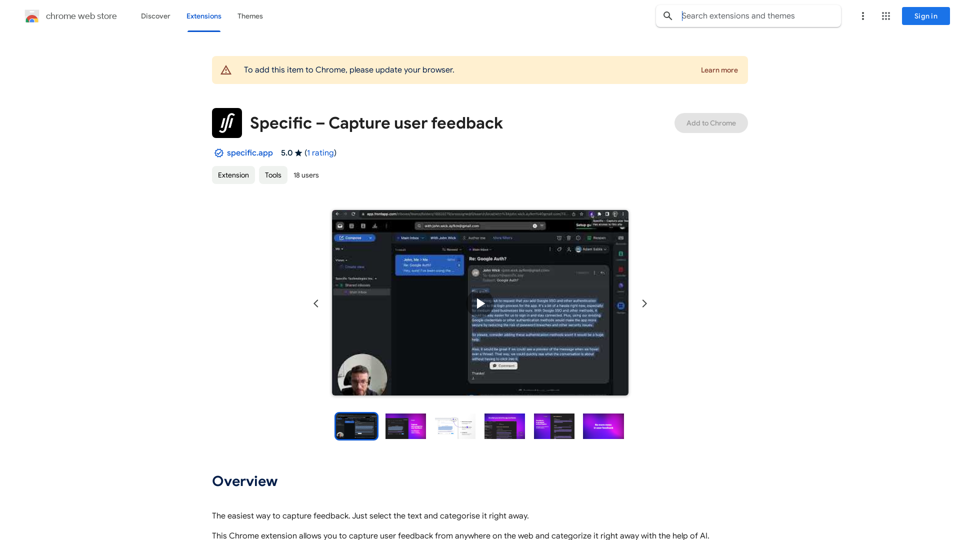
Introduction
Feature
Capture Web-Wide User Feedback
Specific allows users to collect feedback from any website, providing a comprehensive view of user opinions and experiences across the internet.
AI-Powered Insight Categorization
The extension utilizes artificial intelligence to automatically categorize captured feedback, streamlining the analysis process and saving time for users.
One-Step Topic Linking
Users can efficiently link insights to specific topics, facilitating organized and structured feedback management.
Targeted AI Surveys
Specific offers the capability to launch AI-driven surveys, enabling users to gather in-depth insights from relevant user segments.
Free Accessibility
As a free Chrome extension, Specific provides powerful feedback management tools without any cost to users.
Customizable Functionality
The extension can be tailored to meet specific user needs, enhancing its versatility and effectiveness for various use cases.
FAQ
What is Specific?
Specific is a free Chrome extension that enables users to capture and categorize user feedback from anywhere on the web using AI technology. It helps in building products that align with user needs by centralizing feedback and automatically organizing insights.
How does Specific work?
Users can select text on any webpage to capture feedback. The extension then uses AI to instantly categorize the feedback and provide insights. Users can also link these insights to topics and launch targeted AI surveys for deeper understanding.
Is Specific a paid service?
No, Specific is completely free to use. There are no subscriptions or payments required to access its features.
Can Specific be customized?
Yes, Specific can be customized to fit individual needs. Users can link insights to specific topics and create targeted AI surveys to gather more focused feedback.
Latest Traffic Insights
Monthly Visits
193.90 M
Bounce Rate
56.27%
Pages Per Visit
2.71
Time on Site(s)
115.91
Global Rank
-
Country Rank
-
Recent Visits
Traffic Sources
- Social Media:0.48%
- Paid Referrals:0.55%
- Email:0.15%
- Referrals:12.81%
- Search Engines:16.21%
- Direct:69.81%
Related Websites
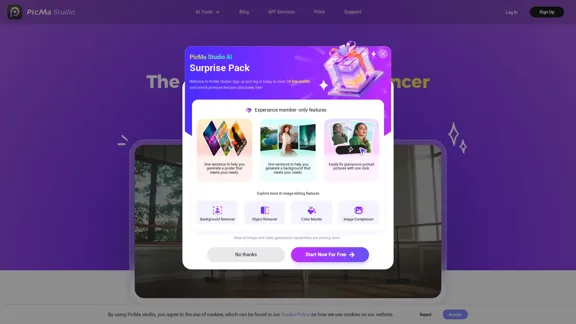
PicMa Photo Enhancer - One Click AI Photo Quality Enhancer
PicMa Photo Enhancer - One Click AI Photo Quality EnhancerPicMa AI enhances photo resolution and image quality. Unblur, restore old photos, and colorize black and white images instantly. Try our tool for free.
65.77 K
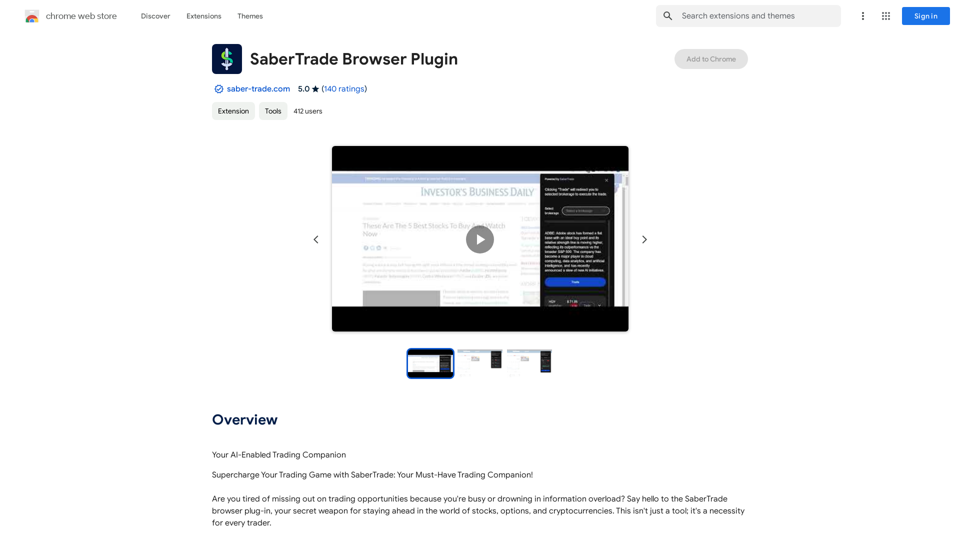
Your AI-Enabled Trading Companion Let's explore how AI can revolutionize your trading experience. Harness the Power of AI * Automated Trading: Execute trades with precision and speed, powered by AI algorithms that analyze market data in real-time. * Smart Order Routing: Optimize your order execution by intelligently routing trades to the best available market for maximum efficiency. * Risk Management: Minimize potential losses with AI-driven risk assessment and management tools that adapt to changing market conditions. * Personalized Insights: Receive tailored market analysis and trading recommendations based on your individual investment goals and risk tolerance. Stay Ahead of the Curve * Predictive Analytics: Gain an edge with AI-powered predictions on market trends and price movements. * Sentiment Analysis: Understand market sentiment and investor psychology through AI-driven analysis of news, social media, and other data sources. * Backtesting and Optimization: Test and refine your trading strategies using historical data and AI algorithms for improved performance. Empower Your Trading Journey * User-Friendly Interface: Navigate the world of AI trading with ease through our intuitive and accessible platform. * 24/7 Support: Get assistance whenever you need it with our dedicated team of experts available around the clock. * Continuous Learning: Benefit from ongoing AI advancements and algorithm improvements that enhance your trading capabilities. Let AI be your trusted partner in navigating the dynamic world of trading.
193.90 M
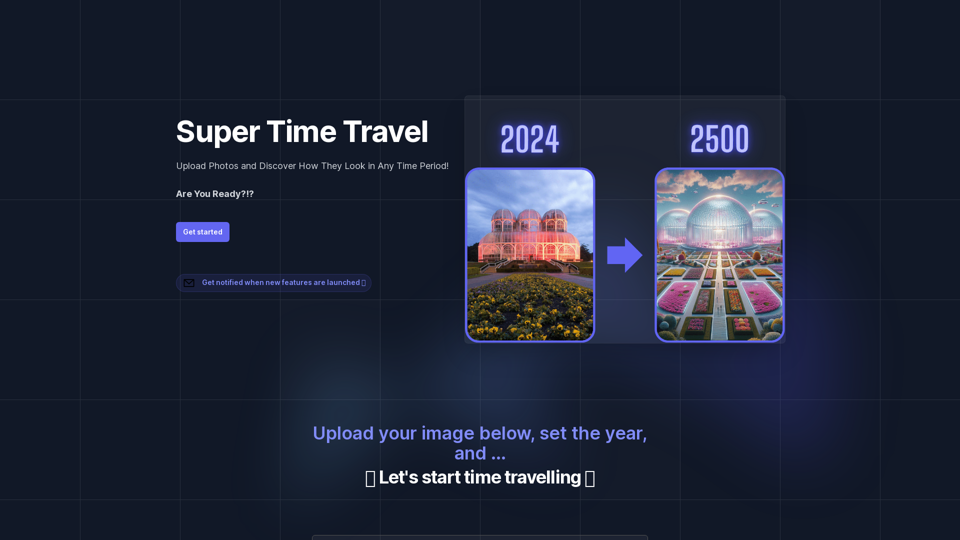
Super Time Travel - Explore the Past... and the Future
Super Time Travel - Explore the Past... and the FutureSuper Time Travel lets you upload your photos and see them transformed to any past or future year. Experience your images as they would appear in any historical era or future setting with the magic of AI.
0
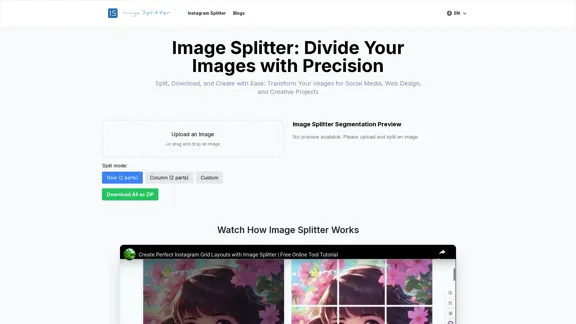
Effortless Image Splitting Tool for Creative Projects
Effortless Image Splitting Tool for Creative ProjectsEasily split large images online into smaller parts for social media, web design, and creative projects with our intuitive Image Splitter tool.
9.99 K
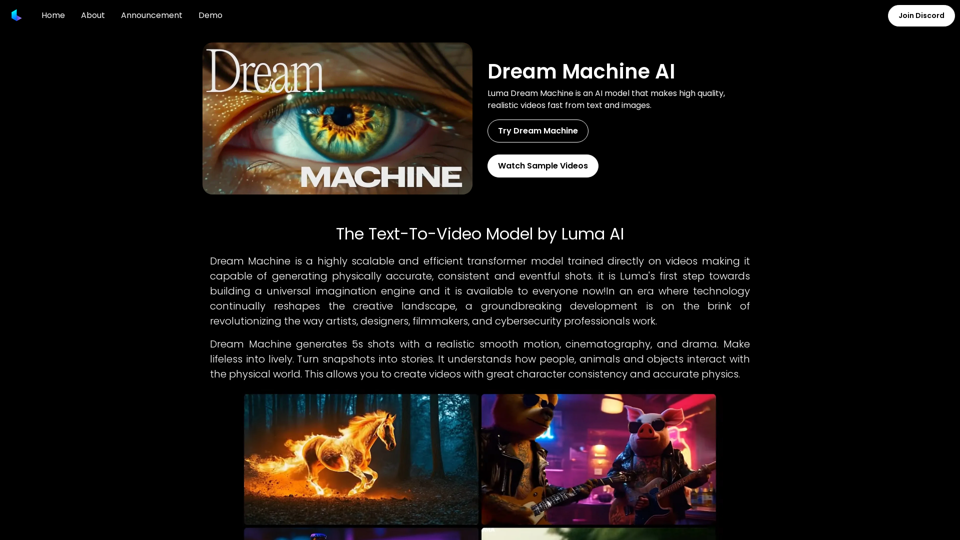
Dream Machine AI: Try Luma AI Video Generator for Free
Dream Machine AI: Try Luma AI Video Generator for FreeTry Dream Machine AI Video Generator for Free Online. Dream Machine is a new text-to-video model by Luma Ai, able to create high-definition videos.
0
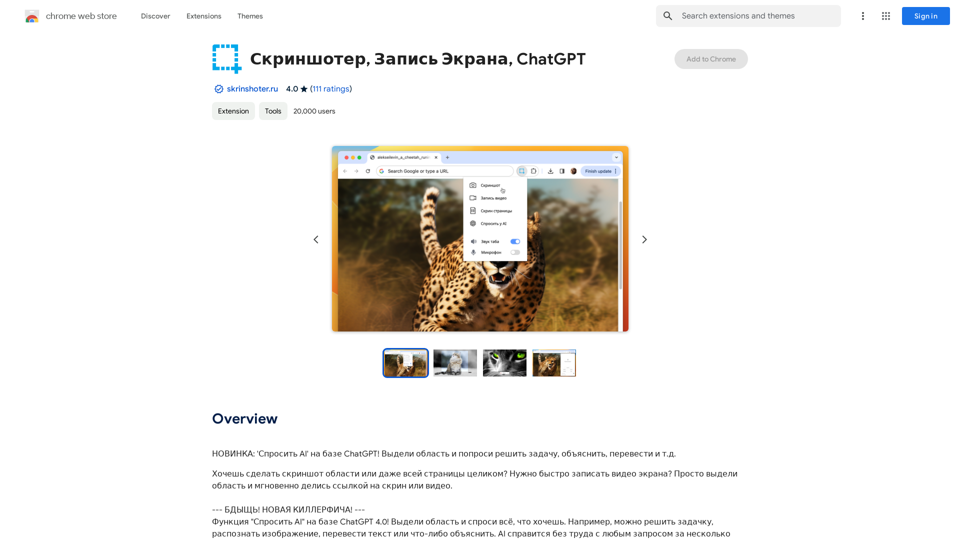
NEW FEATURE: 'Ask AI' based on ChatGPT! Highlight an area and ask it to solve a problem, explain, translate, and more!
193.90 M

Video Editor 2024 and Other Cool Programs from Movavi – Download for Free
Video Editor 2024 and Other Cool Programs from Movavi – Download for FreeMovavi offers fast and easy-to-use photo and video editing software that is safe and trusted worldwide. Try it all out for free!
3.27 M
